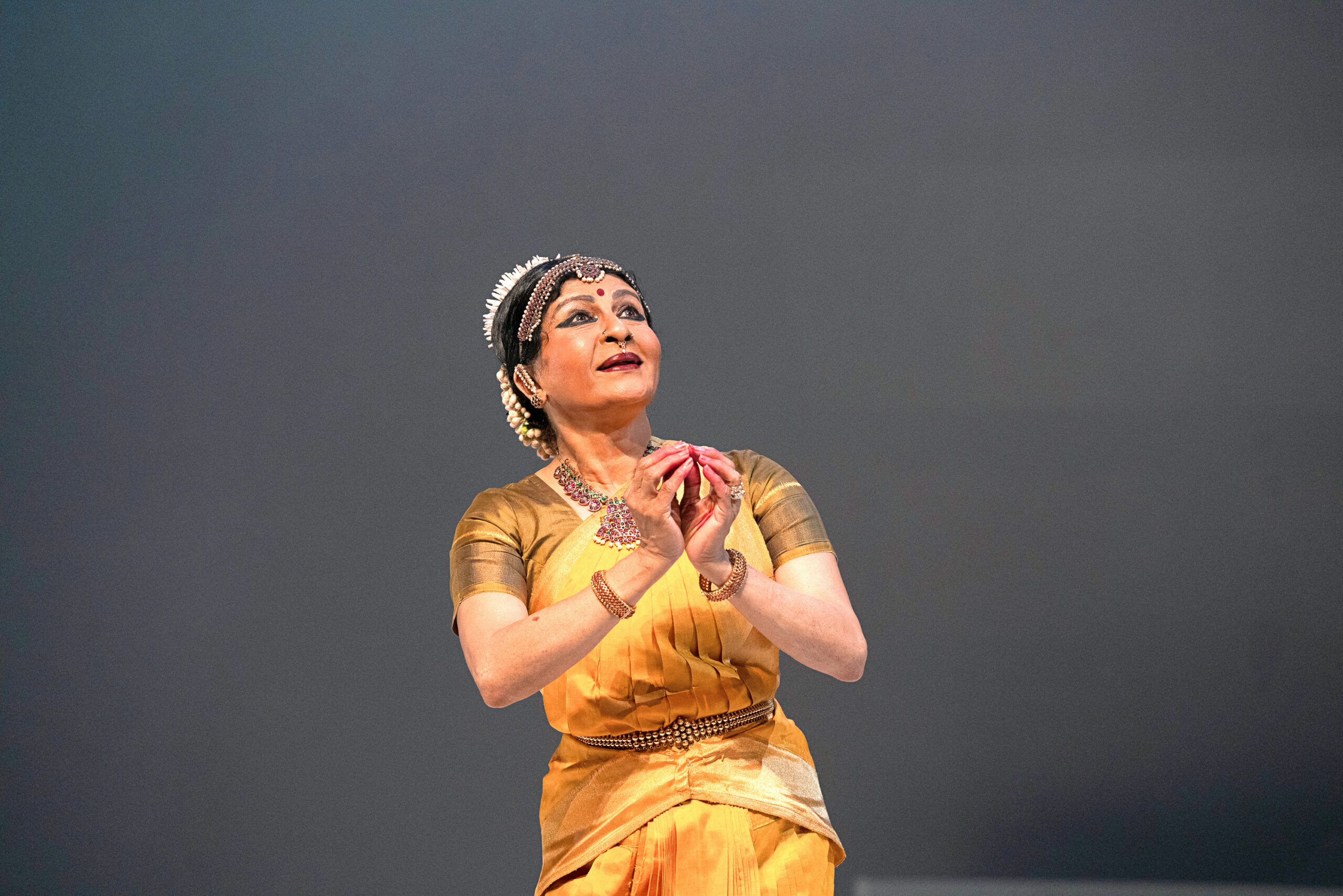
In dance, the eyes rarely receive the same attention as the feet or the back. And yet, says Ragamala Dance Company founder and bharatanatyam teacher Ranee Ramaswamy, “when someone uses their eyes well, you feel they are dancing for you.”
Indeed, when wielded with intention and clarity, the eyes can be a powerful tool for communicating with the audience, conveying emotion and character, and connecting with fellow performers. But they can reveal hesitancy just as easily as they can project confidence, and too often, focus is an afterthought. Use these tips from Ramaswamy and other expert teachers to help your students learn to speak the language of the eyes.
Start Early
Often, teachers forget to talk to students about their focus until they are onstage in dress rehearsals, says Youth America Grand Prix founder and director Larissa Saveliev. But such an essential performance element should really be incorporated from the very beginning, she says, in rehearsals and in class. Especially if you’re coaching a variation or a narrative work, talk to students about how the eyes can illuminate their characters from the start of the rehearsal process.

Helping students develop their focus in class also means getting them out of the habit of looking in the mirror, says Marc Kimelman, a musical theater choreographer who teaches at Broadway Dance Center. If you aren’t able to cover the mirror, try asking them to look slightly above their heads instead of directly at themselves, he suggests, and have them focus on connecting with fellow dancers rather than on catching themselves in the mirror.
Be Clear
As simple as using the eyes may seem, they have myriad purposes in performance, from directing the audience’s attention to telling a story to keeping track of lines. Being clear about what the eyes are doing at any given moment is key, as darting eyes can be distracting and convey nervousness. According to Ramaswamy, this can be a challenge for young students, who tend to have curious, wandering eyes in class and onstage. To help them learn to hone their focus, she encourages them to be “on” at all times in class, telling them to always pretend as if they are having their photo taken. Another trick for preventing roving eyes, from Kimelman: Tell students they have laser beams or sun rays coming out of their eyes.

It’s also important to choreograph your students’ focus just like you do the rest of their bodies, says Kimelman. For more advanced students, you may want to allow them time to play with where their focus is before getting specific about it, so that it appears more natural. Then, he suggests, have students be as intentional with where they’re looking as they are when they’re spotting.
Tell a Story
In daily conversation, the eyes are key to communicating to others what you’re thinking and feeling, and the same can be said for when your students are performing. Expressing themselves with the eyes onstage is a combination of naturalism and stylization, says Ramaswamy—tapping into what their character is feeling and then enhancing it.

Kimelman learned to do this as a young dancer, when in a musical comedy class he would often start by mouthing the words to a song while he danced, and then eventually would take away the lip syncing but keep the feeling and facial expression that came with it.
The eyes “connect the house of the body with the house of the mind,” says Kimelman, giving audiences access to your students’ inner world. Teach them to use their eyes to convey that world, “and then let the audience be curious about what it is.”





